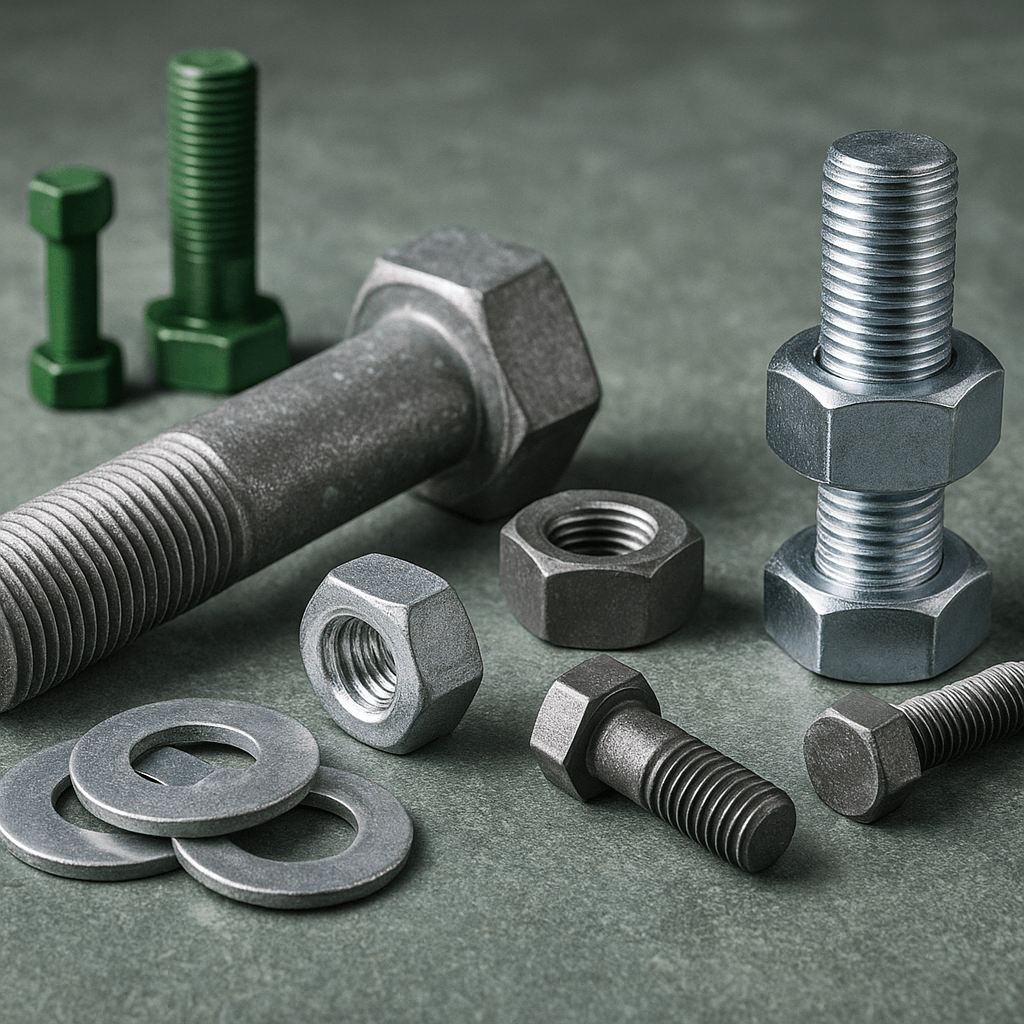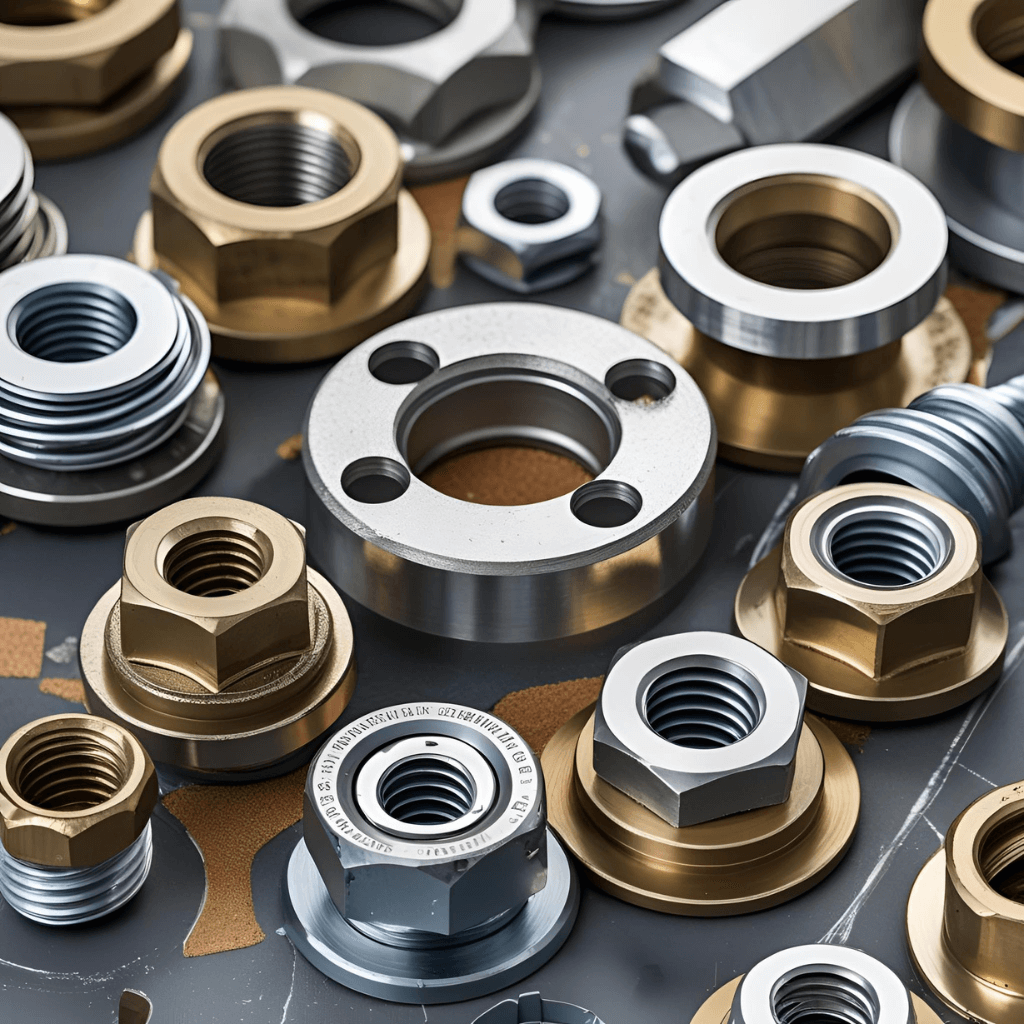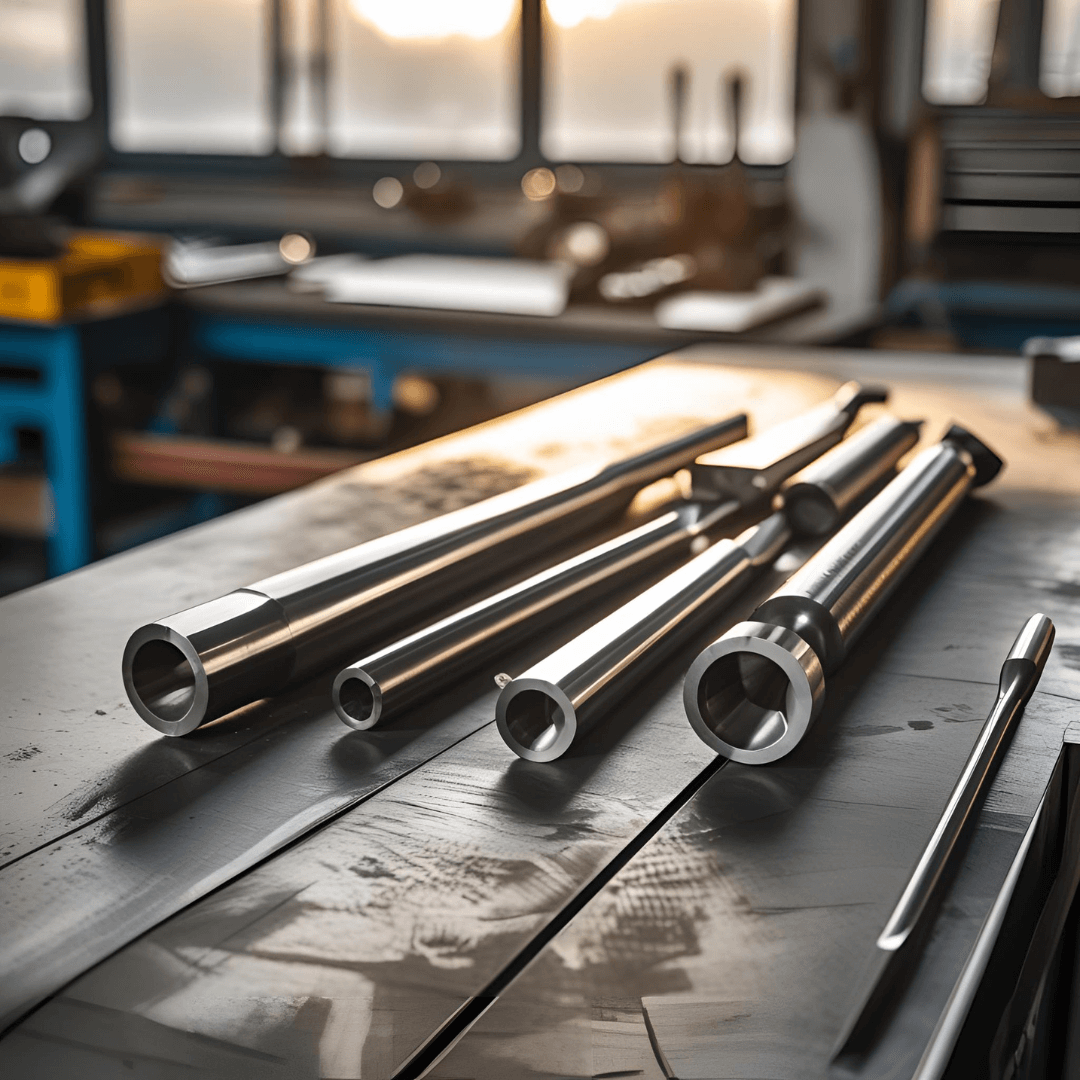In an era where sustainability drives procurement strategies, the value of durability is being redefined—not as a byproduct of engineering excellence but as a deliberate path toward environmental responsibility.
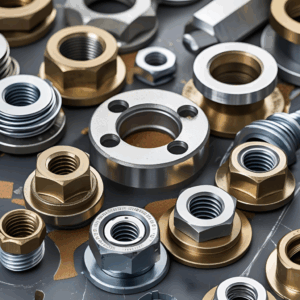
For industrial infrastructure across the GCC, particularly in Saudi Arabia’s Vision 2030 agenda, long-life fasteners are emerging as an unsung hero in reducing carbon footprints and operational costs.
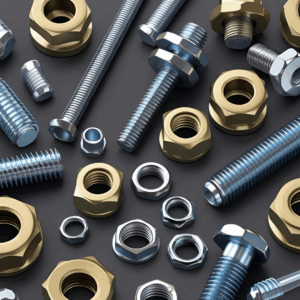
The Hidden Environmental Cost of Replacement
Every time a bolt corrodes, snaps, or fails due to fatigue, it initiates a resource-intensive cycle: maintenance teams are dispatched, machinery is halted, fuel is burned, and new fasteners are transported, often from distant suppliers. In remote infrastructure projects—like desalination plants, offshore rigs, or high-temperature pipeline corridors in the Empty Quarter—the environmental cost of failure is significantly amplified.
This is where durability becomes sustainability.
According to a 2025 study from the GCC Materials Engineering Council, replacing fasteners in remote infrastructure contributes up to 15% of indirect project emissions over a 20-year lifecycle. Fasteners may represent only 1% of a project’s material cost, but their failure can cause up to 35% of unplanned downtime in critical energy and water systems.
Rawabi’s Approach to Engineered Longevity
At Rawabi Fasteners, longevity is not just about tougher alloys—it’s a system-wide philosophy. Our Aramco-certified bolts are engineered for extreme endurance, meeting rigorous ISO 898-1 tensile strength standards, salt spray testing protocols, and thermal cycling resilience.
Here’s how Rawabi achieves it:
Material Science for Harsh Environments
We utilize Duplex Stainless Steel, Inconel alloys, and High-Performance Hot-Dip Galvanized coatings that resist corrosion, pitting, and hydrogen embrittlement for up to 25+ years in saline or desert environments.Precision Forging for Load Reliability
Energy-efficient forging techniques reduce microcracks and improve grain alignment, ensuring higher fatigue resistance. Our bolts are tested for ≥1,000 hours in salt spray environments, with optional chrome-free coatings for sustainability compliance.Lifecycle-Based Design Optimization
Rather than specifying for short-term strength alone, Rawabi fasteners are designed with Total Cost of Ownership (TCO) in mind—minimizing the need for replacements and associated carbon output.
Case Study 1: Desalination Plant, Eastern Province, KSA
In 2023, Rawabi supplied fasteners for a large-scale seawater reverse osmosis (SWRO) facility near Jubail. The site’s proximity to saltwater, coupled with intense summer temperatures, created a perfect storm for material degradation.
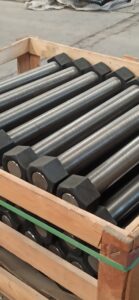
Instead of conventional B7 carbon bolts, Rawabi’s Duplex Stainless Steel bolts were installed with eco-safe anti-corrosion coatings. After 18 months of exposure, no corrosion or coating failure was detected, a result that surpassed client expectations and reduced projected maintenance frequency by 70%.
Case Study 2: Cross-GCC Pipeline Reinforcement
In collaboration with a leading EPC contractor, Rawabi deployed high-tensile, chrome-free fasteners for a 520km crude oil pipeline.
These fasteners were specifically chosen for their performance in high-pressure, high-vibration applications.
The result?
Zero mechanical failures during pressure tests, 40% lower replacement forecasts, and a projected CO₂ savings of 90 metric tons over the first 10 years.
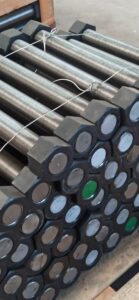
Durability as a Measurable ESG Metric
Environmental, Social, and Governance (ESG) reporting frameworks are now placing increased emphasis on Scope 3 emissions—including emissions from maintenance cycles, transport logistics, and parts replacement. By choosing long-life fasteners, companies not only reduce emissions but also achieve greater alignment with ESG-driven procurement standards enforced by governments and clients like Saudi Aramco and NEOM.
In fact, a 2025 McKinsey Middle East report noted that integrating lifecycle-optimized materials like long-life fasteners can cut infrastructure O&M emissions by up to 12%, a meaningful statistic for ESG-conscious investors.
Final Thoughts
Sustainability is no longer measured only in recyclability or low-carbon sourcing. It’s also measured in endurance—how long a component can last before it needs replacing. In that context, durability is perhaps the greenest metric of all.
At Rawabi Fasteners, we believe that the future of infrastructure in the GCC depends not just on building better—but on building to last.
Looking for high-tensile, Aramco-approved bolts that cut emissions and downtime?
Let’s build greener, together.

